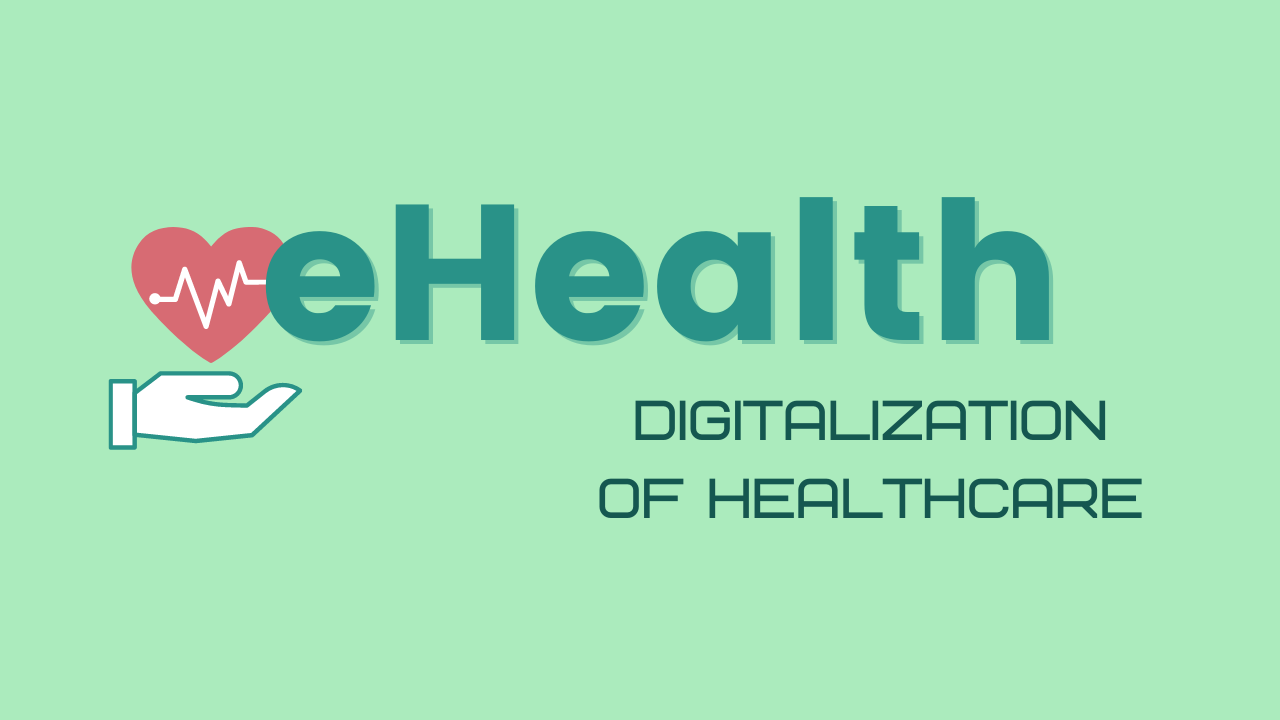eHealth
Wiki Article
eHealth
Overview
eHealth, generally known as digital well being or healthcare technology, refers back to the usage of electronic communication and knowledge know-how while in the healthcare business. It encompasses a wide range of systems and programs aimed at improving upon the effectiveness, usefulness, and quality of Health care delivery.
Targets of eHealth
The principle objectives of eHealth is usually summarized as follows:
Enhanced Access to Health care: By leveraging digital systems for example telemedicine and remote affected individual monitoring, eHealth aims to further improve use of healthcare services for people living in remote locations or with confined mobility.
Improved High quality of Treatment: By equipment like Digital wellness documents (EHRs) and clinical final decision assistance units (CDSS), eHealth seeks to boost the standard of treatment by facilitating correct and well timed info Trade among healthcare professionals.
Client Empowerment: By offering clients with access to their clinical records, personalised health and fitness apps, and on the internet instructional sources, eHealth empowers men and women to take an active purpose in running their particular health.
Expense Performance: Employing digital platforms can assist lower administrative costs connected with paper-dependent units although enabling productive coordination involving distinctive stakeholders within the healthcare ecosystem.
Crucial Apps of eHealth
Quite a few key purposes add to achieving the targets outlined above:
Digital Health and fitness Documents (EHRs):
EHRs are electronic variations of sufferers' health care data which can be simply accessed by approved healthcare providers linked to a affected individual's treatment. They supply a comprehensive see of a patient's healthcare history, lab results, remedies prescribed, allergy symptoms, and other applicable medical info.
Telemedicine:
Telemedicine requires offering Health care remotely by means of video conferencing or cell phone calls. It permits Health professionals to consult with people who are not able to physically take a look at hospitals or clinics as a result of geographical constraints or mobility problems.
Cell Wellness (mHealth) Applications:
mHealth apps are smartphone purposes that give numerous Health care solutions, for instance tracking essential signals, reminding sufferers to choose drugs, furnishing entry to wellbeing training elements, and facilitating communication with healthcare suppliers.
Distant Affected person Checking (RPM):
RPM makes it possible for Health care professionals to monitor a individual's very important symptoms as well as other overall health parameters remotely working with wearable equipment or sensors. This enables early detection of health issues and timely interventions.
Wellness Data Trade (HIE):
HIE consists of the protected sharing of affected individual details throughout distinctive Health care corporations, making sure seamless coordination and continuity of treatment concerning providers in different configurations.
Scientific Conclusion Support Methods (CDSS):
CDSS leverage artificial intelligence algorithms to analyze health-related knowledge and support Health care pros in generating evidence-dependent selections pertaining to prognosis, remedy programs, drug interactions, and even more.
Well being Wearables:
They're wearable units like Health and fitness trackers or smartwatches that can collect physiological details on someone's exercising routines, heart rate styles, rest high quality, plus more.
Advantages of eHealth
The adoption of eHealth gives several Gains for both equally folks and the overall Health care method:
Enhanced Efficiency: eHealth streamlines administrative responsibilities by minimizing paperwork and enabling the electronic exchange of data amid stakeholders involved in affected individual treatment.
Improved Communication: Electronic overall health resources aid powerful communication concerning sufferers as well as their healthcare providers when also advertising collaboration among the diverse specialists involved with a patient's cure plan.
Use of Specialized Care: Telemedicine allows clients residing in remote regions or underserved communities to consult with expert Medical practitioners who will not be bodily existing close by.
Timely Interventions: By means of distant checking techniques or cell applications that give alerts or reminders for medication adherence or abide by-up appointments, eHealth helps avoid issues by facilitating early interventions.
Enhanced Client Outcomes: By delivering easy usage of professional medical information on-line in addition to customized wellness direction, eHealth empowers sufferers to actively interact in their unique Health care eHealth and deal with Continual situations efficiently.
Issues and Considerations
Although the implementation of eHealth comes with numerous benefits, it also offers troubles and worries that have to be addressed:
Privateness and Security: Protecting affected individual facts from unauthorized accessibility is a substantial issue from the digital health landscape. Strong safety steps, compliant with suitable privacy polices, need to be applied to ensure facts confidentiality.
Interoperability: Distinct Health care programs and applications may well not often seamlessly talk to each other due to deficiency of interoperability requirements. Making sure productive Trade of information throughout platforms is very important for thorough patient care.
Electronic Divide: Not Every person has equivalent access to electronic systems or possesses the necessary electronic literacy skills essential for using eHealth equipment effectively. Bridging the digital divide results in being necessary to assure equitable access to healthcare expert services.
Regulatory Compliance: The dynamic nature of technological innovation often surpasses existing regulatory frameworks. To completely leverage the advantages of eHealth when safeguarding patient rights, restrictions need to help keep speed with technological advancements with no stifling innovation.
Conclusion
eHealth performs a pivotal job in modernizing healthcare shipping and delivery by harnessing know-how for enhanced entry, excellent of treatment, affected individual empowerment, and price performance. The widespread adoption of electronic communication resources, telemedicine companies, cellular overall health applications, distant monitoring techniques, and also other impressive methods contributes to a far more linked and individual-centered approach to healthcare provision. Nevertheless, addressing difficulties associated with privacy security, interoperability benchmarks compliance bridging inequality gaps in World-wide-web accessibility are critical ways towards obtaining the total possible of eHealth.
